Part of a series of history books that belong in every American’s library. Recommendations welcome.
Albert Castel was recognized as one the America’s finest Civil War Historians. The Wichita native authored biographies of Bloody Bill Anderson and William Quantrill, a book on the presidency of Andrew Johnson, and a number of celebrated books on the Civil War west of the Mississippi River. This book, Civil War Kansas, has been called “the best book we have on the Civil War in Kansas” (Allan Nevins) and “a classic in the genre” (James M. McPherson). It is an excellent book which organizes for the reader the anarchy that characterized Kansas’ first years as a state.
Castel begins with the announcement of statehood and a review of the people who made up this new state. The first thing he does is explode a myth: Kansas was not made up of anti-slavery radicals from Massachusetts. Sure, there were plenty of them – and they made lots of noise – but the majority of Kansans were from places like Ohio, Indiana, and (not surprisingly) Missouri. Nor were they all bonnet-wearing, bible-banging churchgoers, a myth Castel suspects was propagated to contrast Kansans with the “whiskey-swilling, tobacco-spitting ‘Border Ruffians’ of Missouri”. But one does not need border ruffians to understand why the myth was useful: any state that relied as heavily as first-year Kansas did on the benevolence of others would be wise to put its best face on.
As Castel explains in his excellent chapter, “The Political Gallery,” there never was much of a question whether Kansas would lean Republican or Democrat; even before statehood Kansas was so Republican that Democrat James Lane became a Republican immediately upon his arrival. The question was whether the Lane Republicans or the Robinson Republicans were going to rule. Charles Robinson, the first governor, led the more moderate (or at least more responsible) wing of the party, Lane the more radical. Both were anti-slavery to their bones, but their differences did not always revolve around tactics though they may have begun that way. The truth is that the two men hated one another passionately, each considering the other a menace to society. Since party and slavery were not really issues, the early politics of Kansas revolved around little more than Republican partisans each trying to outmaneuver the other faction in pursuit of commissions and contracts, or of switching allegiances for the same reason.
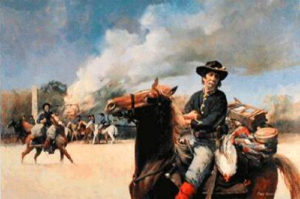
Castel then explores the Jayhawkers, a phenomenon that started before statehood and continued well into the war, sometimes even under a Union flag. The Jayhawk is, of course, the mascot of Kansas’ main state university, yet no one knows for certain where the name comes from (Castel recounts two rather unlikely explanations) or even if the name is native to Kansas. But the Jayhawkers were not basketball players: they were pro-Union guerrillas every bit as mean and nasty as the Border Ruffians they allegedly fought.
Jayhawker gangs under James Montgomery and Charles Jennison swooped into Missouri to “loyalize” the population, which usually meant forcibly converting their livestock to abolitionism and giving them new homes in Kansas. Some like Marshall Cleveland simply carried off whatever they could without any political pretext whatsoever. US Senator Jim Lane organized a brigade that followed behind former Missouri Governor Sterling Price’s Confederate army, ostensibly to chase him out but in reality to free slaves and take plunder wearing the uniforms of the Union. Lane wished to prove that slavery could not survive the passage of Union armies and built the kind of army that might make that come to pass. In short, the Jayhawkers visited on Missouri everything that the Border Ruffians had done to Free Staters in Kansas, with a usurious interest rate applied as well, and increased the troubles not only of Missourians but ultimately themselves. Castel does a masterful job illuminating the Missourians’ ultimate response – Quantrill’s Lawrence raid – and the Union’s checkmate: Order Number 11.
In several other topical chapters, Castel examines the 1864 senate election and how political maneuvering by Jim Lane’s opponents affected the Kansas Militia’s response to Price’s Raid, the near-banishment and ultimate redemption of Kansas’ only Major General, James G. Blunt, and in a late chapter Castel wraps up all the other things about Kansas that did not deal directly with the war, like crop harvests, railroads, and troubles with the Plains Indians.
Because the book is organized topically, Castel manages to squeeze a few smaller topics together in the last 2 chapters; they efficiently round out a picture of Kansas that until that point seems to be nothing but arguing and fighting. It is too easy to forget that there were a lot of Kansans whose main interest was just making a living. However, as the organization is only vaguely chronological, it is easy for the reader to become occasionally lost, though Castel’s signposts are generally clear enough that one cannot remain lost for long.
As Castel mentions in his preface, a prior edition of this work was actually his first book, researched in 1954 for his doctoral thesis. As such, while one should not be surprised to find a number of little errors (no maiden effort will ever be free of those), I suspect that a few of them have been cleaned up in the 40 years since the book was originally issued. There are, however, a couple left over, so it’s only fair to spend a little time with them.
One that jumped out at me was his quote from Fletcher Pomeroy’s diary on page 59, attributed to “one member of the John Brown, Jr., company.” And I’m not sure what to think of this error, as Castel has marked correctly in his footnote that Pomeroy was a member of Company D of the Kansas Seventh VC. Brown was captain of Company K. I have read Pomeroy’s unpublished diary – I obtained a copy from Pomeroy’s grandson for the express purpose of researching Brown’s company – and there is almost nothing in the entire diary about Brown or Company K. If it were just a matter of mistyping a company’s letter, that would be one thing, but I’m not sure how Castel managed to draw Brown himself in at this point.
On page 137*, Castel calls the abolitionist city of Lawrence “the headquarters of the Red Legs in southern Kansas; they had free run of the place and sold their loot at public auctions held in the streets.” Lawrence is, of course, not in southern Kansas, nor can the sentence relate to Red Legs who might have operated in southern Kansas, as there were none. If there were, it would be highly doubtful they would take their goods 150 miles to Lawrence to auction them anyway; Fort Scott would have served their purposes just as admirably. I’m not really sure what Castel is trying to say here.
There are a couple of errors related to George Hoyt, the little-known “Chief” of the Kansas Red Leg Scouts** that I noted as well. Throughout the book as well as his later book A Frontier State at War and in his notes for McCorkle and Barton’s Three Years with Quantrill, Castel calls Hoyt “George A. Hoyt,” though his middle name is Henry. I’m not sure of the source of this error, but Castel is virtually alone among historians in making it.
A second error of fact occurs on page 60: “When he heard of Jennison’s efforts to wreck the Seventh, General Hunter had him and his friend Hoyt, who had seconded him, arrested and confined in the military prison in Saint Louis.” While Jennison was sent to Saint Louis (and from there he went to Washington to try to get his commission back), Hoyt was detained at Leavenworth for a week and then placed under sort of a roving house arrest in Lawrence; he was to remain within the city limits or within 40 miles of the Seventh Volunteer Cavalry, the unit of which Jennison had recently resigned command. Castel’s error is a mere assumption (though not a bad one, all told) that where Jennison went, Hoyt went as well. This error appears in other histories (e.g. Gilmore’s Civil War on the Missouri-Kansas Border), though I suspect that many of those rely ultimately on Castel. But Stephen Z. Starr (Jennison’s Jayhawkers) correctly places him at Leavenworth, based on the Leavenworth papers of the time. The letters of John Brown Jr. (Hoyt’s captain, at least in name) also make it plain that Hoyt never left Kansas during his arrest.
Little errors aside, there is a reason this book is a classic: Castel masterfully illuminates the politics and the personalities that made Kansas’ first years so anarchic and the Missouri/Kansas border war so brutal. If I had to recommend a single book to explain Kansas during the Civil War, this would be the one.
*Edition: Albert Castel, Civil War Kansas, Lawrence: University of Kansas Press. 1997.
**And the subject of my own master’s thesis. This mostly-unknown hooligan makes for me a good plumb line for noting how good historians of the Trans-Mississippi theater are at getting little details correct.
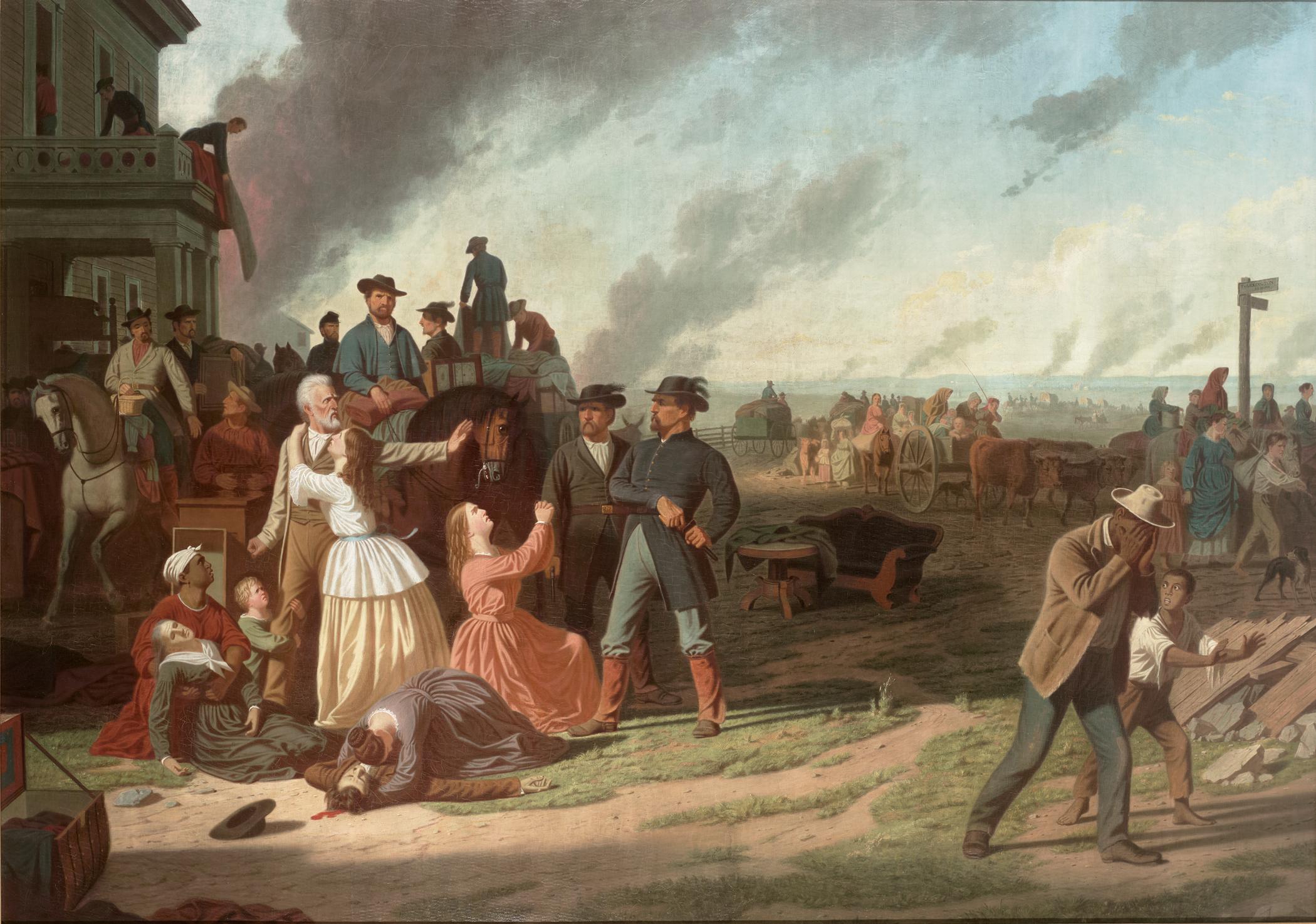


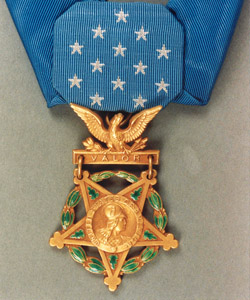

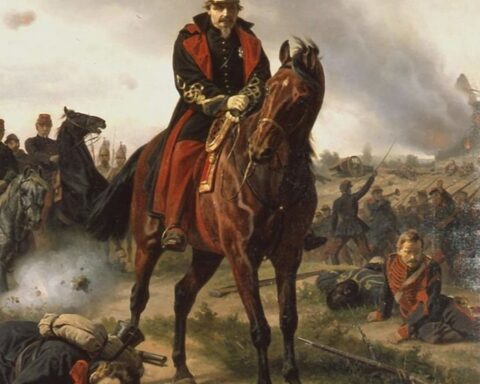
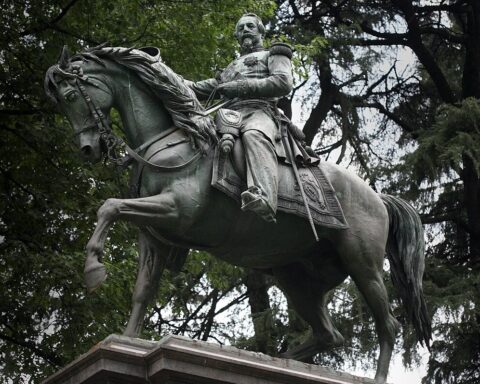

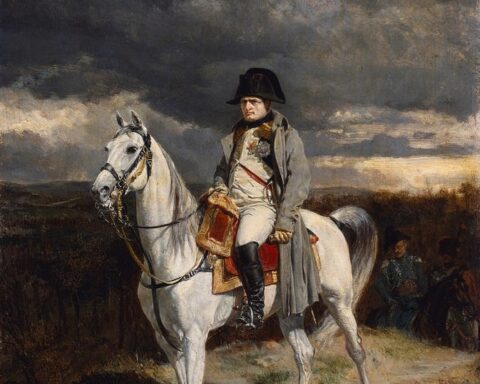

Thanks for sharing this. Might I suggest the excellent documentary “Bad Blood.” It is available on Amazon Prime.
Always interesting to learn more local history, I’ll have to see about getting this one for my library. Thanks for the suggestion.